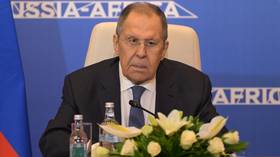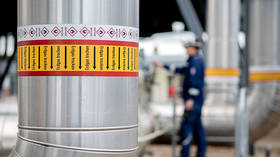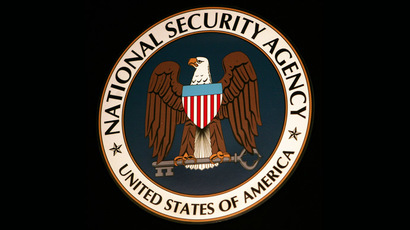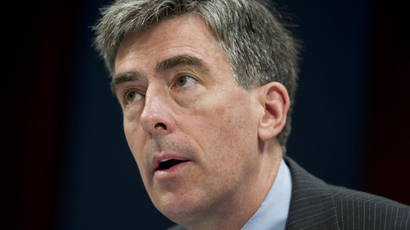Snowden sparks NSA overhaul: Sensitive data to be treated like nuclear weapons
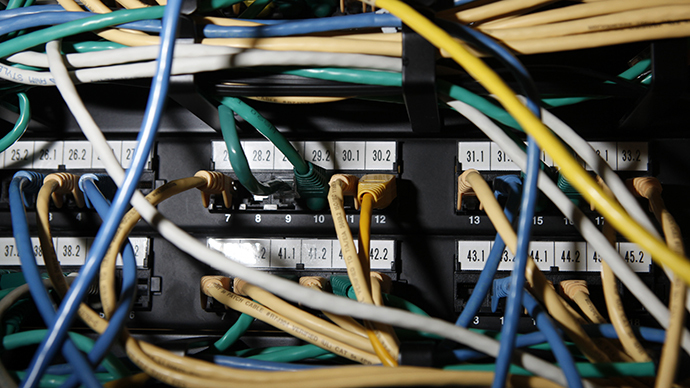
The US is overhauling intelligence access, introducing new measures meant to prevent another mega-leak similar to the one carried out by Edward Snowden from happening again, according to Pentagon’s top officials.
A “two-man rule” is being introduced at the NSA as
means of tightening access to top-secret data, according to the
agency’s chief Keith Alexander, who was speaking at the Aspen Security Forum in Colorado on
Thursday.
"We'll close and lock server rooms so that it takes two people
to get in there," Alexander said.
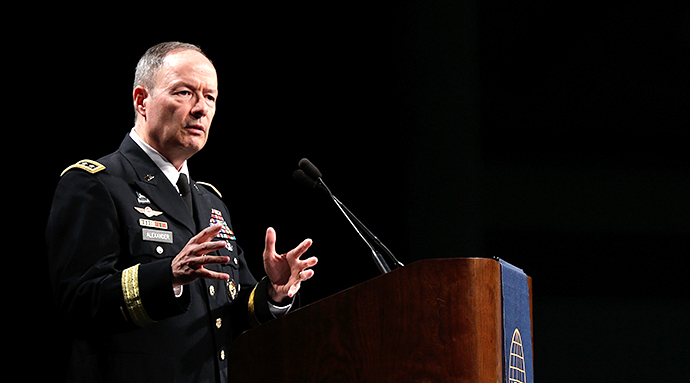
The practice is taken from the way nuclear weapons are handled,
Deputy Defense Secretary Ashton Carter explained, adding it is a
wise thing to do to protect the system from “some aberrant
individual”.
“So when it comes to nuclear weapon… we don't let people all
by themselves do anything. Nobody ever touches a nuclear
weapon by him or herself. There are always two people rated
in the same specialty. So everybody can see and understand
exactly what is being done to that weapon,” Carter said.
Another thing which, according to Deputy Defense Secretary,
allowed for a large-scale leak was the fact that the NSA kept all
of its information stored on one server. The plan is to have
sensitive data segmented, so a new potential leaker won’t be able
to do as much damage as Snowden did.
“Loading onto a server creates a security risk…. It's
something we can't do, because it creates too much information in
one place… You do have to compartmentalize [data] more
rigidly,” Carter said.
Among other anti-leak measures announced are encrypting data in a
more sophisticated way, as well as decreasing the number of
system administrators with access to it.
This kind of massive overhaul of the security measures throughout
the whole of the US intelligence network would be extremely
expensive and will definitely take time, former and current US
officials told Reuters, who did not wish to have their names
disclosed.
Potential leaks from insiders are also going to be tackled with
the help of 40 new cyber teams (27 of them on defense missions,
and the remaining 13 entitled to carry out offensive operations).
“Job one” for the cyber force “is protecting integrity
of our networks”, Carter said. “Obviously, therein enters
Snowden,” he added.
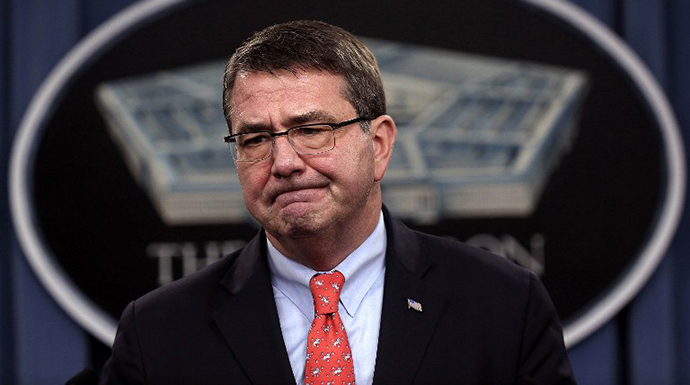
As for the NSA’s chief, he defended at length the now much
criticized spying methods used by the agency, saying “you need a
haystack to find a needle.”
General Alexander reiterated that thanks to the mass surveillance
programs, dozens of terrorist conspiracies were disrupted and
Snowden’s leak led to terrorist groups changing their
communications and thus falling out of sight of security agents.
Alexander’s assertions have, however, long been challenged by
independent researchers. For example,a US nonprofit think-tank,
The New America Foundation, argues that out of the 42 terrorist
plots mounted by US homegrown jihadists since 2001, nine resulted
in actual terrorist acts and 33 were prevented using conventional
intelligence methods such as the use of informants and community
reports on suspicious activity.


